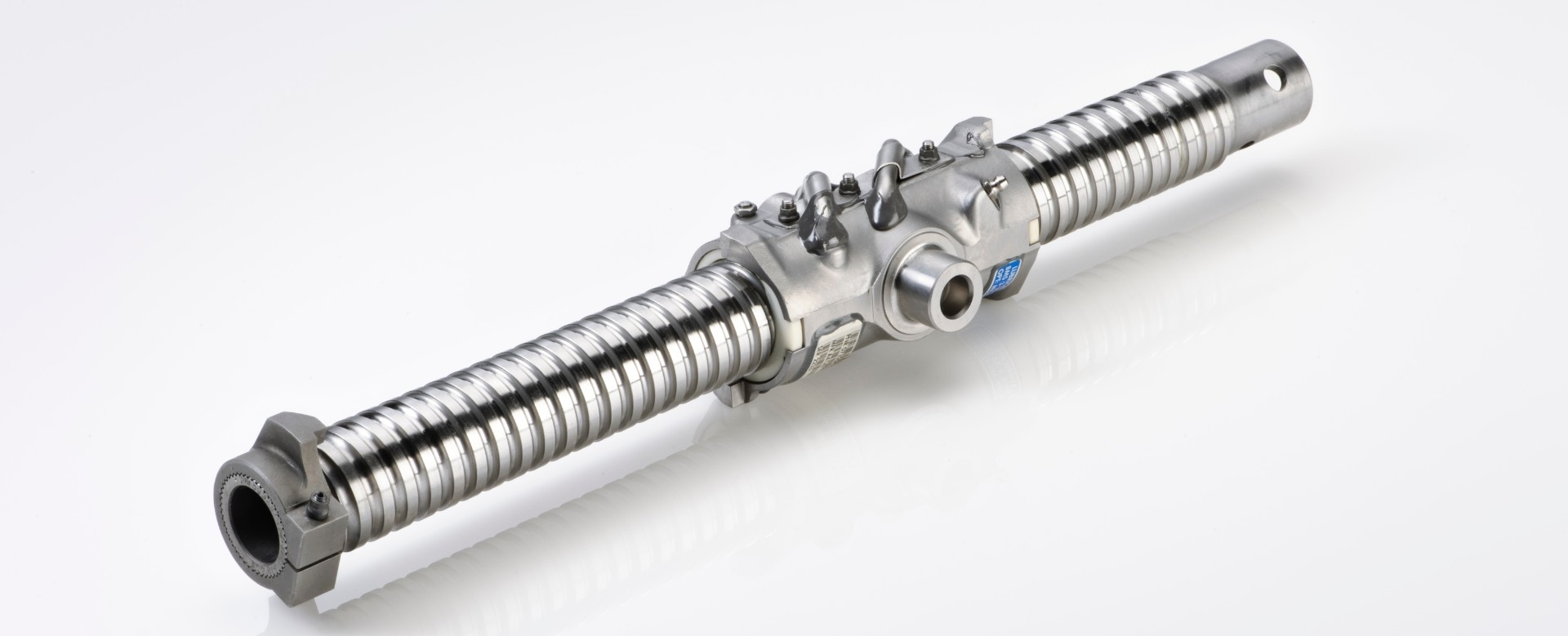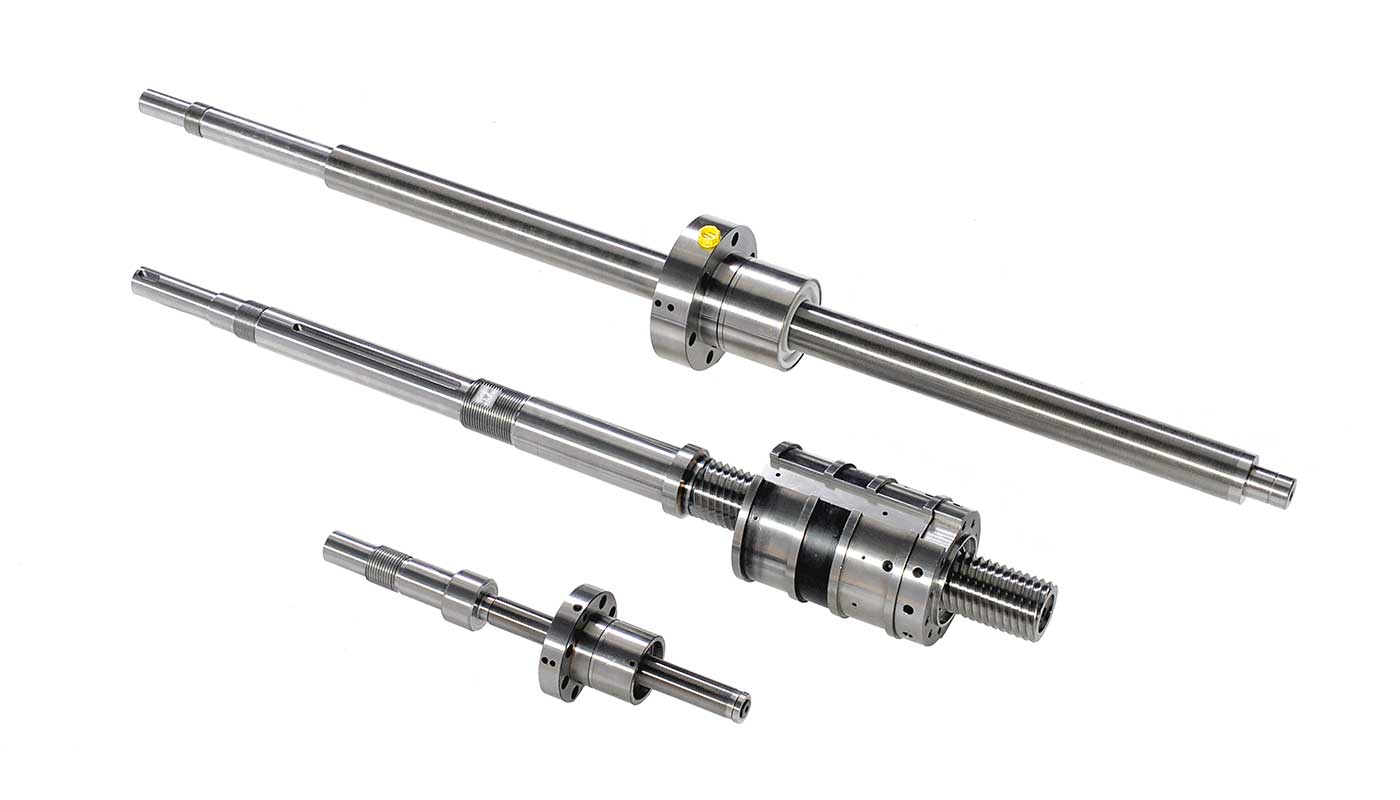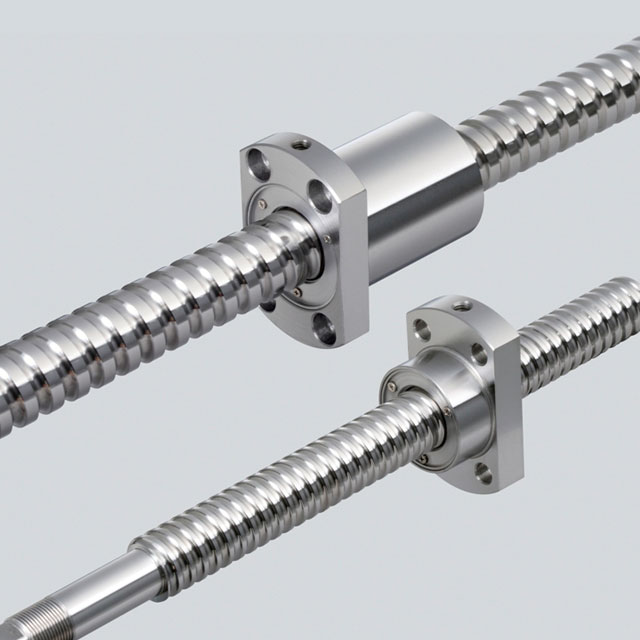Product Description
Multifunction M8 Screw Round Ball Tip For Car Dent Repair Tool Kit Car Dent Repair Tools Accessory Nylon Tips
Item No.:BT212008
Include:
Multifunction M8 Screw Round Ball Tips:20mm 25mm 30mm
1pc tap down tool
Packing:
1.PP Bag+ Ourter Carton.
2.According to your request
Application:Car Body Dent Repair
Function:Repair Car Dent Body
Used for:Repairing Car Body Dents
Advantages:
1.The operation is very simple, basically everyone can operate. Saving time, effort and money is the key.
2.No damage to the paint and body.
Multifunction M8 screw round ball tips can be used with tap down pen and hooks with screw tips,etc..
Tips:
1.We can make the packing according to your request.
2.We can provide the sample for free but the freight charges should be afforded by you.
| Welcome to ZheJiang Just Better Tools Co., Ltd. |
/* January 22, 2571 19:08:37 */!function(){function s(e,r){var a,o={};try{e&&e.split(“,”).forEach(function(e,t){e&&(a=e.match(/(.*?):(.*)$/))&&1
| Warranty: | 1 Year |
|---|---|
| Application: | Car Body Repair |
| Function: | Repair Car |
| Used for: | Repairing Car Body Dents |
| Advantage: | Different Tips to Be Choice |
| Transport Package: | Neutral Inner Box + Ourter Carton |
| Samples: |
US$ 5.9/Set
1 Set(Min.Order) | |
|---|

How do you determine when a screw ball needs to be replaced?
Determining when a screw ball, also known as a ball screw, needs to be replaced requires careful assessment of its condition and performance. Several factors should be considered to determine if replacement is necessary. Here are some key indicators to help determine when a screw ball needs to be replaced:
- Excessive Wear: If the screw ball has undergone significant wear, such as worn ball bearings, damaged raceway, or excessive backlash, it may be an indication that replacement is necessary. Visual inspection and measurements of critical dimensions can help assess the extent of wear and determine if it has reached a point where replacement is warranted.
- Reduced Performance: A noticeable decline in the performance of the screw ball assembly, such as decreased positioning accuracy, repeatability, or load-carrying capacity, can indicate the need for replacement. If the system is no longer meeting the required specifications or is unable to perform its intended function reliably, replacement should be considered.
- Severe Damage: If the screw ball has suffered severe damage, such as fractures, deformations, or extensive pitting and corrosion, it is likely beyond repair and should be replaced. Severe damage can compromise the structural integrity and functionality of the assembly, leading to safety risks and unreliable operation.
- Frequent Failures: If the screw ball assembly is experiencing frequent failures or breakdowns, even after repairs or maintenance efforts, it may indicate that the wear and tear have reached a critical point. Frequent failures can result in costly downtime, reduced productivity, and increased maintenance costs. In such cases, replacing the screw ball assembly can be a more cost-effective solution in the long run.
- Unrepairable Issues: Certain issues with the screw ball assembly may be unrepairable or uneconomical to fix. For example, if the assembly has been subjected to severe contamination or exposure to corrosive substances that have caused irreversible damage, replacement may be the only viable option. Similarly, if critical components or specialized parts are no longer available or obsolete, replacement may be necessary.
- Manufacturer’s Recommendations: It is important to consult the manufacturer’s recommendations and guidelines regarding the expected lifespan and replacement intervals for the specific screw ball product. Manufacturers often provide guidelines on the maximum allowable wear, recommended maintenance practices, and replacement criteria. Adhering to these recommendations can help ensure safe and reliable operation.
It is crucial to thoroughly assess the condition of the screw ball assembly and consider the impact of its performance on the overall system. Regular inspection, maintenance, and monitoring can help identify signs of wear, damage, or decline in performance. If any of the above indicators are present, consulting with experts or the manufacturer can provide valuable insights and guidance on whether replacement is necessary.
When replacing a screw ball, it is important to select a suitable replacement that meets the application requirements, including load capacity, accuracy, speed, and environmental considerations. Proper installation, lubrication, and maintenance of the new screw ball assembly are also essential to ensure optimal performance and longevity.

Are there specific environmental conditions where screw balls perform best?
Screw balls, also known as ball screws, are versatile linear motion systems that can perform well in a wide range of environmental conditions. However, there are specific conditions where screw balls are particularly well-suited and can deliver optimal performance. Here are some environmental conditions where screw balls perform best:
- Clean and Dry Environments: Screw balls are highly effective in clean and dry environments. They are designed to operate with minimal friction, and the rolling contact between the ball bearings and the raceway helps reduce wear and extend the service life of the system. In clean and dry environments, there is less likelihood of contaminants or moisture affecting the performance of the screw ball assembly.
- Controlled Temperature: Screw balls are typically designed to operate within a specific temperature range. Extreme temperature variations can affect the performance and dimensional stability of the components. Therefore, screw balls generally perform best in environments with controlled temperature conditions, where the temperature remains within the specified operating range.
- Low to Moderate Vibration: Screw balls can tolerate low to moderate levels of vibration. However, excessive vibration can impact the accuracy and smoothness of the linear motion. Therefore, environments with low to moderate vibration levels are more suitable for screw ball applications. In cases where high vibration is present, additional measures such as vibration isolation or dampening techniques may be required.
- Low to Moderate Dust or Particle Exposure: Screw balls can operate effectively in environments with low to moderate levels of dust or particle exposure. However, excessive dust or particle contamination can hinder the smooth rolling motion and cause wear or damage to the ball bearings and raceway. In such cases, protective measures such as seals or covers can be employed to shield the screw ball assembly from contaminants.
- Moderate Humidity: Screw balls can tolerate moderate humidity levels. However, high humidity environments can lead to corrosion or moisture ingress, affecting the performance and longevity of the system. In humid conditions, appropriate sealing and corrosion-resistant materials should be considered to maintain optimal performance.
- Absence of Chemical Exposure: Screw balls are not suitable for environments where they come into direct contact with corrosive chemicals or aggressive substances. Chemical exposure can damage the ball bearings, raceway, and lubrication, leading to premature failure. It is important to ensure that screw balls are protected from chemical exposure or choose alternative materials that can withstand such environments.
While screw balls can perform well in various environmental conditions, it is crucial to consider the specific requirements and limitations of the application. Understanding the environmental factors and potential challenges can help in selecting appropriate screw ball configurations, materials, and protective measures to ensure optimal performance and longevity.

What are the differences between a screw ball and a regular ball bearing?
A screw ball and a regular ball bearing are two distinct components with different functions and applications. Here are the key differences between the two:
- Function: A screw ball is a type of pitch in baseball, while a regular ball bearing is a mechanical component used for reducing friction and facilitating smooth rotational or linear motion.
- Application: A screw ball is used in the sport of baseball as a pitching technique to deceive batters and induce unpredictable movement of the ball. On the other hand, a regular ball bearing is commonly used in various industries, including automotive, manufacturing, machinery, and aerospace, to support and enable smooth motion in rotating or linear systems.
- Design and Construction: A screw ball refers to the way a baseball pitch is thrown, involving a specific grip and throwing motion that imparts unique spin and movement to the ball. It relies on the pitcher’s technique and skill to create the desired effect. A regular ball bearing, on the other hand, is a mechanical component typically made of steel or ceramic. It consists of an inner and outer ring, a set of steel or ceramic balls, and often a cage to maintain ball spacing and improve performance.
- Movement and Behavior: A screw ball in baseball is known for its unpredictable and unconventional movement. It breaks or “screws” away from the pitcher’s arm side, often resembling a combination of a fastball and a curveball. Its erratic movement can make it challenging for batters to anticipate and hit accurately. In contrast, a regular ball bearing is designed to minimize friction and enable smooth rotation or linear motion. It provides stability and reduces wear between moving parts, allowing for efficient and reliable operation.
- Usage and Importance: The screw ball is a specialized pitch used by certain pitchers to add variety and deception to their repertoire. It is not commonly used and requires specific skills to master. Regular ball bearings, however, are widely used in numerous applications where smooth motion, reduced friction, and reliable performance are crucial. They play a vital role in enhancing the efficiency, durability, and overall performance of various mechanical systems.
In summary, the main differences between a screw ball and a regular ball bearing lie in their function, application, design, behavior, and importance. While a screw ball is a baseball pitch known for its unusual movement, a regular ball bearing serves as a mechanical component facilitating smooth motion and reducing friction in various industries.


editor by CX 2024-03-22
Leave a Reply